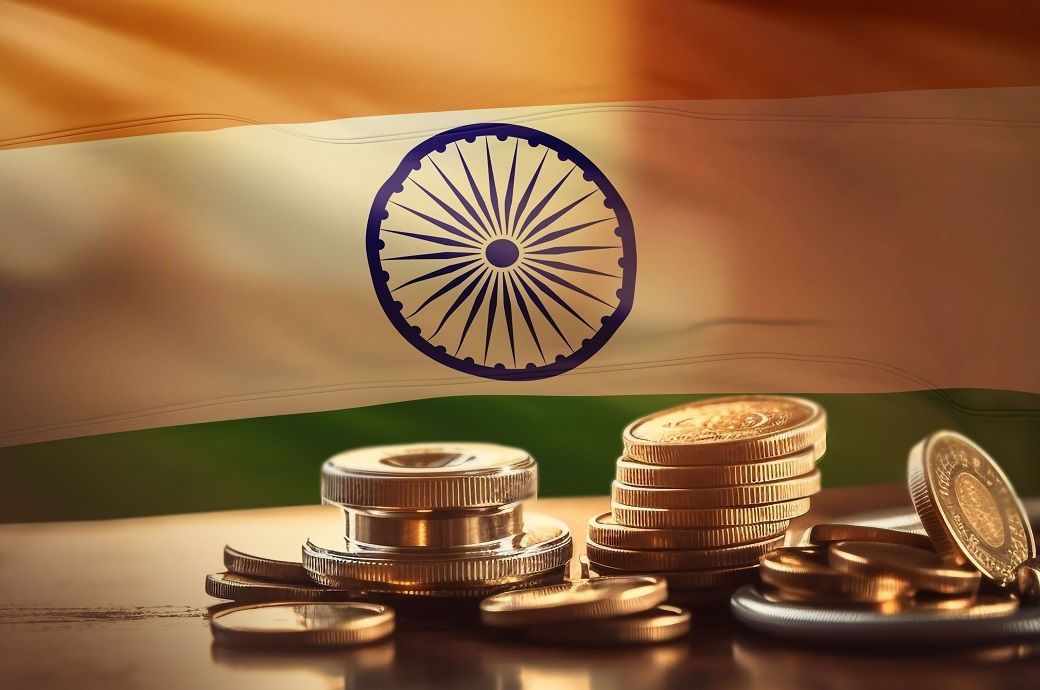
The current account deficit (CAD) is also likely to deteriorate to around 1.1 per cent of GDP. It sees significant spillovers hitting investment and consumption through job losses in export intensive sectors, with further escalation risks through tariffs or non-tariff barriers, Nomura said in its report titled ‘India-US Trade Rift: Scenarios, Spillovers and Strategic Shifts’.
The report noted that US-India trade negotiations have stalled following President Trump’s 50 per cent tariff imposition. Sticking points remain over agriculture and dairy, as India pushes for a comprehensive agreement while the US favours a swift resolution. At home, PM Modi has taken a firm stance on safeguarding farmers, drawing rare backing from opposition parties and businesses, with growing emphasis on self-reliance.
With the new tariff structure, the cost differential between India and China has narrowed, and between India and Southeast Asian competitors, it has moved in favour of the latter. This could have various effects on the shape of new supply chains such as the negative impact on textiles, leather and toys, and Indian firms possibly relocating their production to lower tariff countries to retain their US customer base. However, this will merely disrupt global value chain integration for India, not derail it entirely, added the report.
Nomura anticipates a multi-pronged government response to cushion exporters and stabilise the economy. Measures are expected to include fiscal and financial support, export diversification, and fast-tracking free trade agreements (FTAs). Structural reforms are also likely to accelerate, with goods and services tax (GST) rationalisation already announced. Further liberalisation of FDI, deregulation, factor market reforms, privatisation, and administrative streamlining are projected to follow.
ALCHEMPro News Desk (SG)
Receive daily prices and market insights straight to your inbox. Subscribe to AlchemPro Weekly!